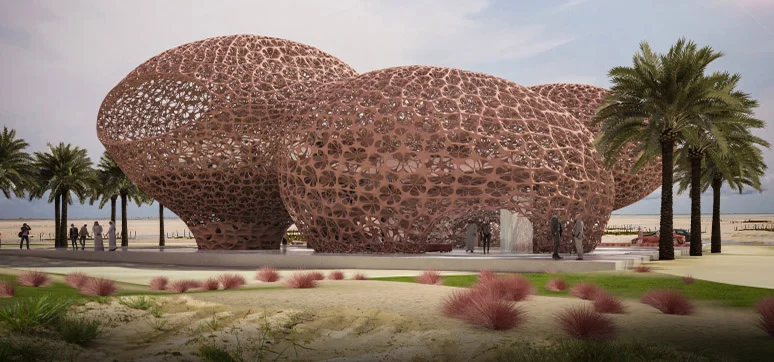Tell us about your practice and design approach.
Dewan Architects + Engineers has been at the forefront of the Middle East’s booming architectural and engineering design sector since its founding by Mohamed Al Assam in 1984 in Abu Dhabi. In 1999, Dewan Dubai was established and rapidly became a prominent and integral contributor to the emirate’s burgeoning and iconic skyline. Dewan further entrenched its market leadership position by opening offices in Iraq, Saudi Arabia, the Philippines, Egypt, and Vietnam. Today, the firm has grown into a global multidisciplinary design consultancy, employing over 500 people. Consistently ranked as one of the world’s top design firms by leading industry publications, our services extend to architecture, engineering, interior design, landscaping, master planning, sustainability, cost consultancy, and construction supervision, establishing us as a trusted partner for clients worldwide.
What are the milestones you have achieved to date?
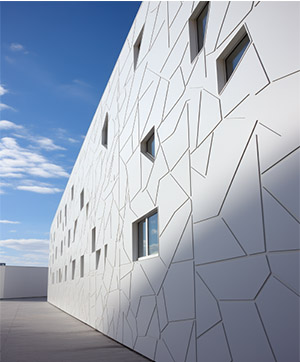
The design sector is continuously evolving and adapting to the requirements of its users. Our most significant and relevant achievement has been the creation of an organization operating in a global market that understands the importance of recognizing and championing the various backgrounds, life experiences, and cultures among our staff and within the communities we serve.
This philosophy permeates all our projects, differentiating us from our competitors and enabling us to create usable spaces for the present and the future. These spaces adapt to the ever-changing globalized markets and their users.
What inspired you to become an architect?
Ever since I can remember, I have been interested in design and how the planning of a building can impact the lives of its users. I suppose what led me to pursue this field professionally was a humble desire to contribute to enhancing our way of living. While this goal is far from being fully achieved, it remains my daily aspiration.
Could you please talk about your projects featuring very innovative and different kinds of façade and fenestration designs (in the Middle East)?
The projects we are currently working on are highly varied, and here is a selection:
-
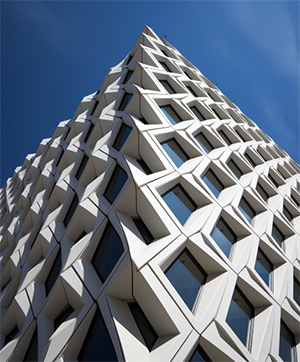
Modular Façade Modular Façade: Precast GRC modules combined by rotating and mixing to create an organic, flowing shading façade, protecting the inner glass building from the sun.
- 3D Print: 3D printed elements used to fashion an organic and unique façade with no repeated elements.
- Prefab with Tiles: Hotel façade featuring elements finished off-site.
- Modular Elements with Planters: Standardised elements with planters that can be mixed with other systems to create a homogeneous feel throughout a single development, reducing costs and simplifying construction.
- Translucent Glass: Utilising glass in both transparent and translucent forms to achieve privacy and scenic views.
You are one of the well-known names in the architectural field. What makes you a leader in your field?
I approach every day as if it is my first day at work, questioning all I have learned and done before.
How do you go about choosing the material for the façade and cladding?
Each project possesses its own unique characteristics and material concepts. We meticulously develop the concept, and once it is approved by all project stakeholders, we delve into materials, considering both technical and aesthetic aspects. Sustainability is always a priority, incorporating a high percentage of recycled components, suitability for climate conditions in terms of insulation and sun protection, and ensuring ease of maintenance and longevity, especially in the extreme conditions prevalent in most of the Middle East.
According to you, where is the architectural segment heading in the Middle East?
These are exciting times for the architectural segment in the Middle East. From pioneering mega-projects in KSA, where architecture is reinvented daily, and innovative solutions are continually required, to the other extreme focusing on challenges such as cost efficiency in commercial developments and the need to accelerate construction using prefabricated elements.
What are the major challenges in the architectural segment in the Middle East?
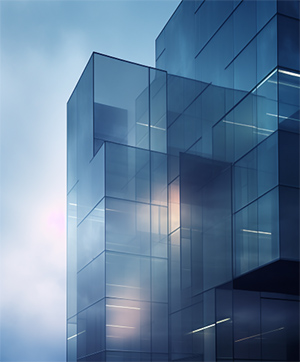
The cyclical nature of the architectural market in the Middle East presents a significant challenge for architectural firms. Large projects commence and halt continuously, and the market experiences pronounced ups and downs. These fluctuations make it challenging for practices to plan for steady growth, hindering the ability to train and prepare young architects for the demanding market.
Additionally, it becomes difficult to retain valuable homegrown talent, who bring valuable experience from past projects.
What opportunities do you see for the architects in the region?
I believe this region is currently the most exciting in the world for architects. If we can overcome the issues mentioned previously, I think the ‘sky’ is the limit for those willing to specialize in specific aspects to cater to the ever-growing needs that emerge every day.
What are your views on the future façade and fenestration technologies as well as materials?
I believe that for the sector to develop and adapt to the demanding changes taking place in the region, collaboration between designers and the industry is crucial in both the early stages of projects and the initial phases of product and material development. Manufacturers must be prepared for the evolving designs and requirements of architects, considering the changing necessities and technical requirements highlighted earlier. The increasing need for active and technical façades to address climate change requires the development of materials to enhance the protective features of a building’s façade for the well-being of its inhabitants.
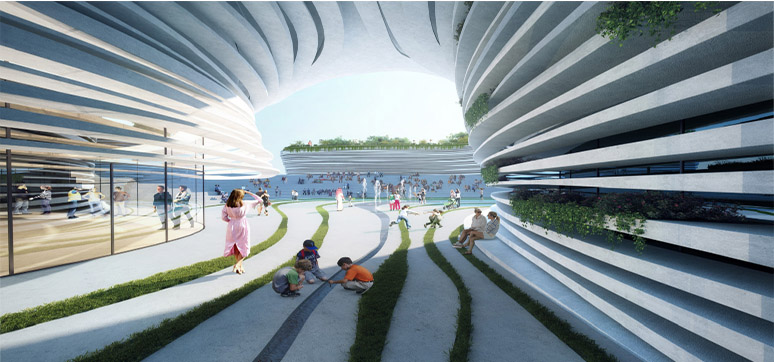
What is your advice for young and upcoming architects?
Investigation is paramount to developing the solutions that will be required soon, encompassing forms, aesthetics, and technology. The façade of a building should not be regarded merely as a decorative element or a statement by the architect; rather, it must evolve from the intended usage of the building and serve as a solution to the climate conditions of its location.
